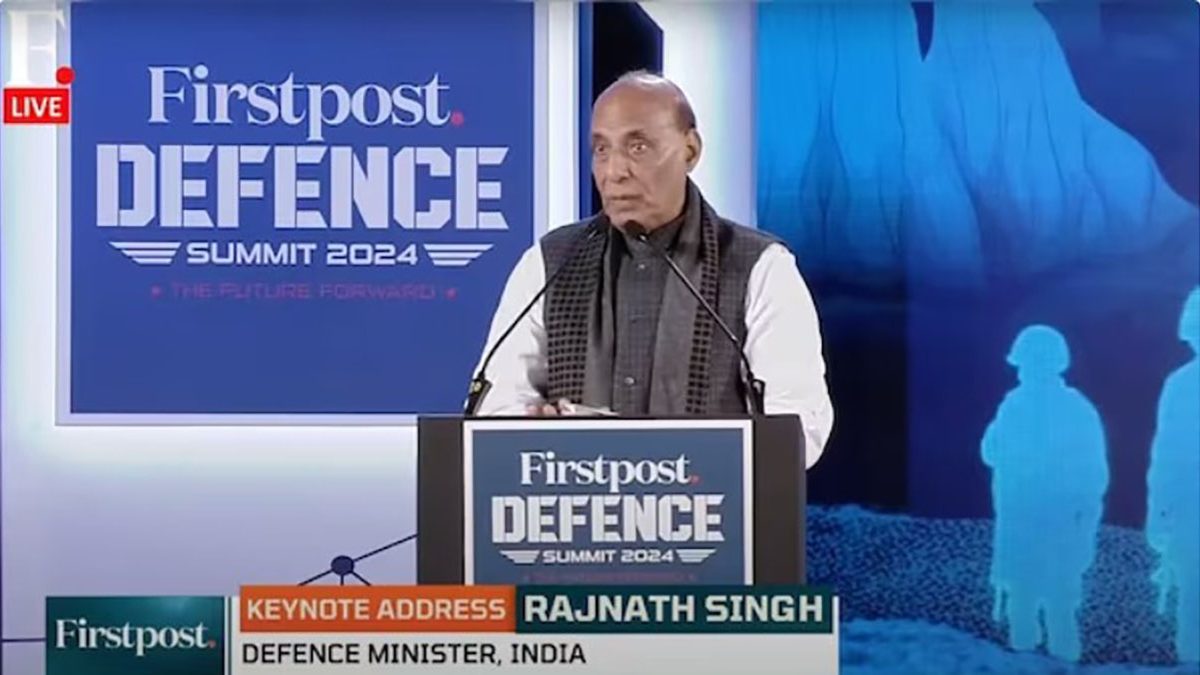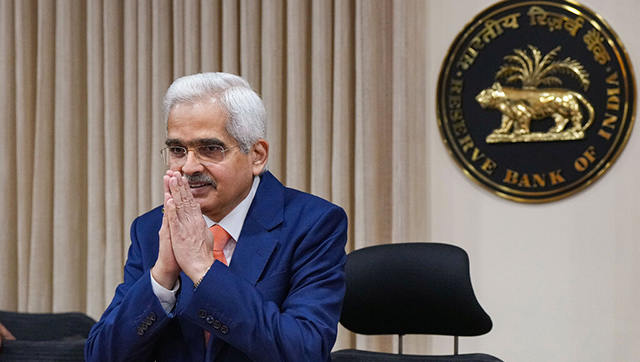UPA-2 is unlikely to be able to live up to the performance of UPA-1, which was aided by a general global upturn and buoyant revenues from 2004-05.
This, however, is not the story told in the UPA government’s recent ‘Report to the People’ . A look at the overall economy management shows a largely unimpressive performance despite a pickup in national economic growth. In the context of second term governance, this is a particularly poor show.
Firstpost looked at four key aspects of the UPA government’s performance - inflation, economic growth, the fiscal situation and the external sector. While economic growth has improved considerably since 2008-09, the high point still seems the success of their previous term, rather than the present. UPA-1 looks good in the rear-view mirror, but UPA-2 windshield looks cloudy. In almost all the four measures mentioned, trends show that UPA-2’s performance is likely to be underwhelming.
Continued interest rate hikes to curb high inflation and regular revisions (upwards) in inflation projections, particularly since the latter has become a permanent fixture over the past year, are particularly worrying.
Interestingly, though a steep rise in inflation makes the fiscal deficit look statistically better as a proportion of GDP, the deficit has also been aided by one-off government revenues, and without these two factors the fiscal performance looks less healthy. Moreover, foreign direct investments have seen a steep fall this year, and foreign trade numbers too are more driven by base effect (lower performance in the previous year) than genuine growth.
Strong growth, but keep your fingers crossed
The UPA government in its second innings has delivered on overall economic growth - but just about. From a recessionary growth rate of 6.8%, the Economic Survey 2010-11, forecasts a growth rate of 8.6 % annually. While the final 2010-11 GDP figures will be released shortly by the Central Statistical Organisation, the estimates are unlikely to be far from the actual. It is also important to note that growth has been broad-based, as agriculture, industry and services have all shown an overall healthy growth.
However, the good news stops here. The high rate of growth in 2010-11 has been built on the fact that two years after the recession threat receded, the government has still not withdrawn the stimulus package fully. The growth has come by sacrificing revenues. The government’s stimulus spends helped keep growth on track during 2008-09 and subsequently thereon, even though it increased the Centre’s expenditure as a proportion of GDP by over one percentage point in 2007-08 and 2008-09 (from 14.3% in 2007-08 to 15.8 % in 2008-09 and 17.4 % in 2009-10).
A well-regulated financial sector in India ensured that credit offtake picked up to the pre-crisis levels after dipping to 17.4%annual growth during the recession. Global recovery and lower interest rates ensured that credit growth in 2010-11 was up to 22 %.
But here’s the problem area. With interest rates rising to tackle inflation, growth is set to slow down in 2011-12. Softening trends in industrial production have been worrying in the recent past, with industrial growth averaging at 7.8% in 2010-11 in comparison with 10.5% in 2009-10. Though the latest figures for March give some room for cautious optimism, with a growth rate of 7.3%, we should keep an eye out for emerging trends given the incessant interest rate hikes in the economy to tackle high inflation.
Inflation is out of control
High inflation has been a focal cause for brickbats to the UPA government over the past year as prices of essential commodities like food and fuel have been uncomfortably high. The UPA government started its second term with 8% growth on the country’s headline inflation index - the Wholesale Price Index (WPI). A breather in 2009-10 (which actually masked volatile monthly trends) was soon replaced with an even higher annual inflation in 2010-11 at 9.5%.
Of great concern is the fact that we still haven’t tamed the monster. The Finance Minister (FM) has recently been quoted as saying that high commodity prices are here to stay. Added to this is the fact that the government hasn’t even begun raising fuel prices (especially diesel and cooking gas), not to mention the fact that revisions in provisional inflation data already suggest that we are sitting on double-digit inflation.
Fixing the fiscal deficit with lucky breaks
The UPA government has been lucky like no one else. In 2010-11, the FM reaped a bonanza from sales of 3G (third generation) and BWA (Broadband wireless access) telecom spectrum, earning him over Rs 1,06,000 crore. Plus, the government also made several thousand crores from the sale of household silver - public sector shares like Coal India and manganese Ore India Ltd.
Interestingly though, while inflation has been a bane for policy makers, it has actually helped the fiscal deficit. According to Mukherjee’s budget speech, the fiscal deficit to GDP ratio is expected to decline to 5.1% in 2010-11, an improvement from the 6% plus rates for the previous two years. A high inflation rate, which inflates nominal GDP figures, makes the fiscal deficit as a proportion of GDP appear smaller as expenditure does not grow proportionately.
This ratio has gained particular significance since the enactment of the Fiscal Responsibility and Budget Management (FRBM) Act, which makes it mandatory for the government at the Centre to reduce the fiscal burden overtime.
But in 2011-12, there will be no windfall revenues from spectrum sales. Even the sale of public sector equity, from which Pranab Mukherjee has pencilled in Rs 40,000 crore, looks doubtful since the markets are looking skittish. The Finance Minister will be lucky if he can reach the targeted fiscal deficit figure of 4.6 %, given that economic growth will slow down this year.
External sector could be stronger
Probably because of a less than robust fiscal situation, inflationary pressures and a year tainted by scams, foreign direct investments (FDI) fell by a significant 28% in 2010-11, making it the second consecutive year of FDI contraction. In 2009-10, though the decline in flows could be explained by a weak global environment, it is hard to use the same rationale this year. This trend has in fact reversed a lot of progress that had been made in garnering crucial investments since the mid-2000s.
The other significant aspect of the external sector - foreign trade - has shown relatively better performance than the FDI, but here too scratching the surface doesn’t show a particularly rosy picture. We argue that a 37.5% export growth is largely on account of a low base effect. If exports in 2009-10 had grown at their 2008-09 rate of 13.6%, 2010-11’s figure would have been less than spectacular - about 16.8%.
Sources: Economic Survey 2010-11, Office of Economic Advisor, CSO
Note: All figures are in percentage annual growth unless indicated otherwise
* As on April 8, 2011
^ Projected
** Projected, including spectrum sale revenues
A resolution to some of the pressing concerns, like high inflation and still high deficit figures seems unlikely in the near future, considering that the global economy is still not out of the woods and the government has a lot on its plate, not the least of which is damage control after a scam-filled year. It is hoped however, that at least the progress on growth can be maintained.
)
)
)
)
)